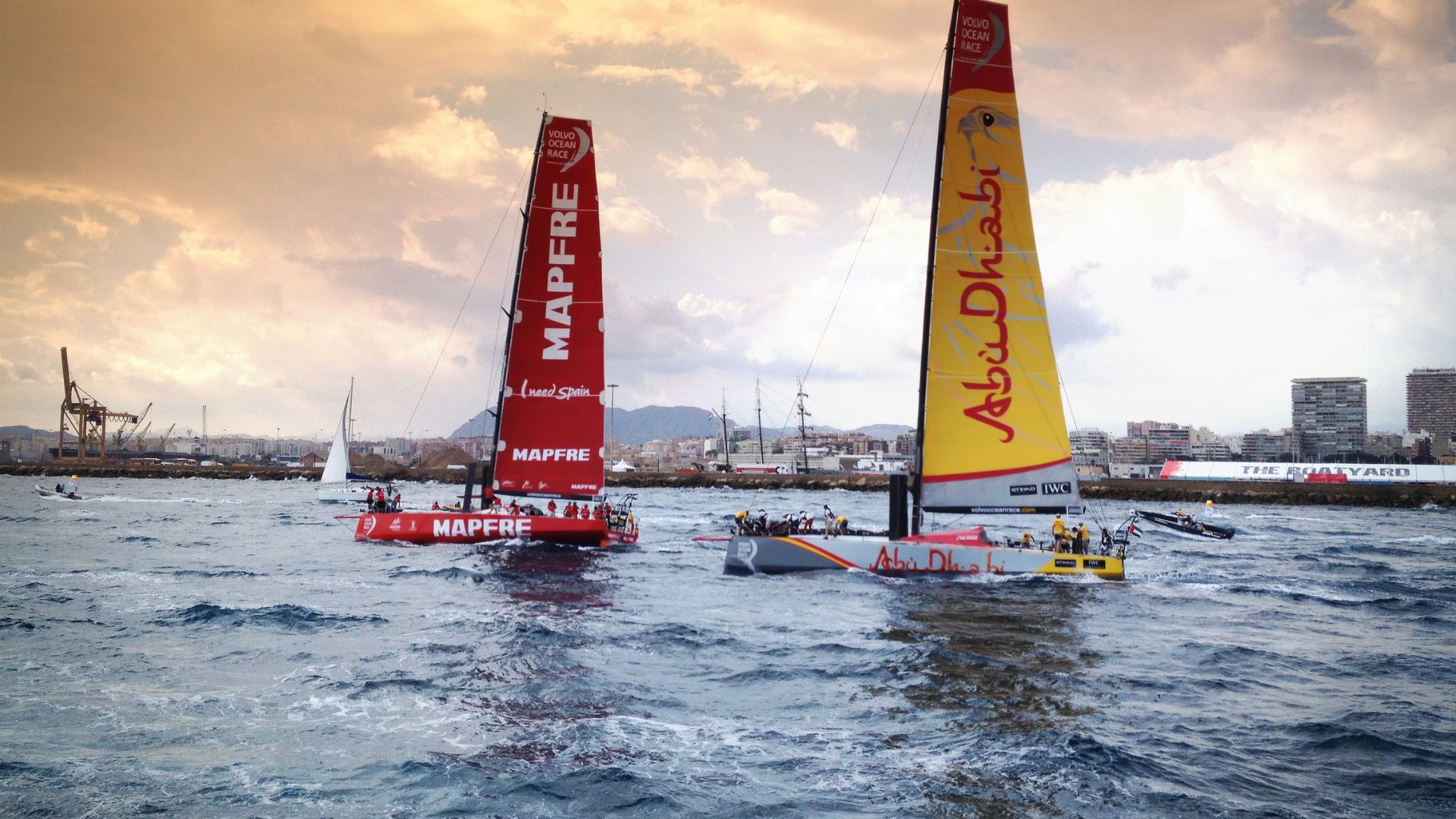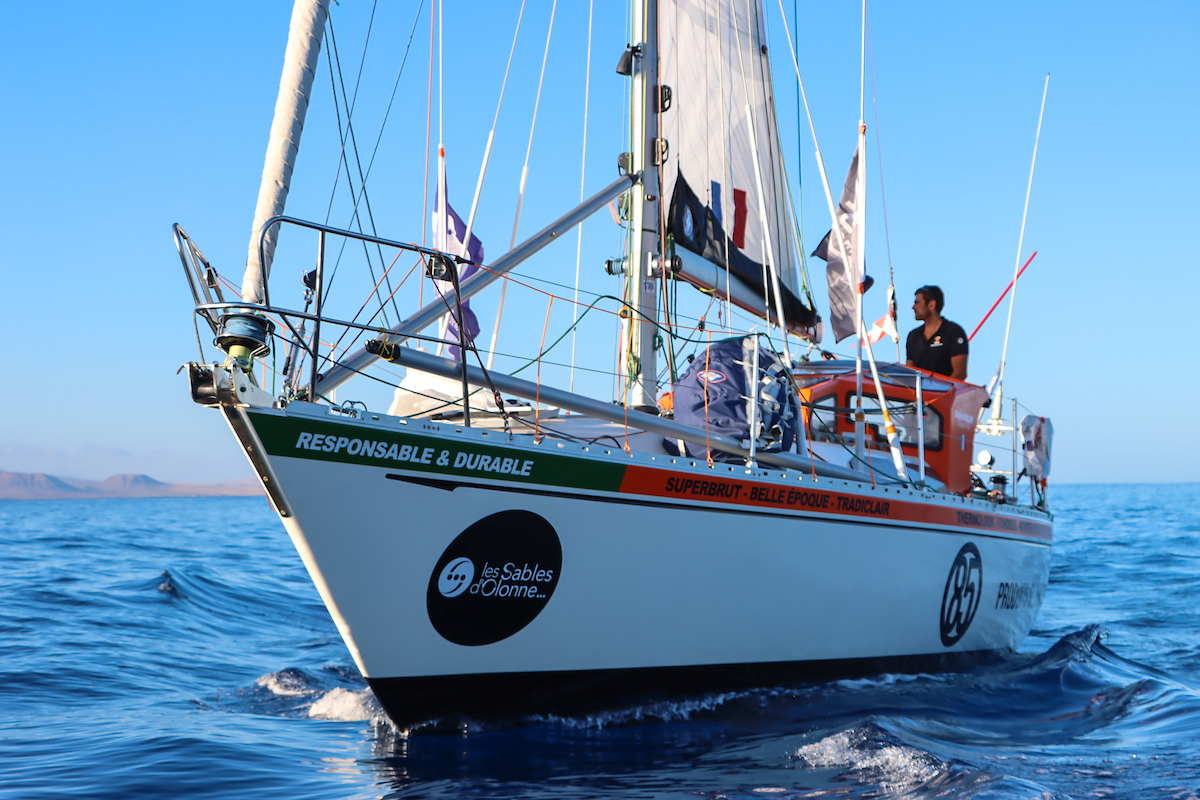
Windward and Leeward: What they are and how they differ
If you are as interested in sailing as we are, it is very important to know the terms windward and leeward, which are directly related to wind direction and must be mastered for sailing.
What is windward?
It is the part from where the wind reaches us on a boat or any type of ship. A term used by sailors when they travel in their boats, usually sailing, in order to know from where the wind originates. For example, on sailboats, it is the side of the boat on which the mainsail is located.
Ultimately, when you know this concept, you know how your boat might progress at sea. In addition, a fleet generally always tries to reach the windward position in relation to the opposing vessel in order to be able to manoeuvre more freely.
What is leeward?
This term is used in a maritime context to designate the side opposite to where the wind is blowing, that is the side towards which the wind is blowing, or the side sheltered from the wind.
Sailing to leeward affects the crossing and even more so, logically, in those boats that use sails to sail, as manoeuvrability is lost, which is why it is very important to know the difference between windward and leeward.
In sailing competitions, this is when, by means of the gybing technique, the crews try to obtain the right of way over their opponents. For example, if we anchor in the following order:
- 1st: wind
- 2nd: boat
- 3rd: coast
In this case, we could find ourselves in a risky situation. Let's say the anchor has a problem and fails, our sailboat would drift towards the coast with the risk of grounding or impact. This would pose a serious risk to our boat and crew.
Who has leeward or windward preference?
As a general rule the leeward boat has preference over the windward boat, i.e. the leeward boat has the right to maintain her course and speed, while the windward boat must avoid a collision by changing course or reducing her speed. This rule applies in situations where the two boats are approaching and cannot avoid a collision without action by either boat.
Differences between windward and leeward
We can differentiate between the two concepts in three main characteristics:
- Wind direction: Windward refers to the direction from which the wind blows, i.e. the point from which the breeze is projected. Leeward, on the other hand, is the point towards which the wind is blowing.
- Wind strength: The wind is usually stronger and more constant on the windward side, while on the leeward side it is usually more variable and with weaker gusts of wind.
- Fluidity and manoeuvrability: In one case, it is much easier to sail. The movement of one boat in relation to the other is very uneven. When a vessel is to windward, its movement is very fluid, they have just the right wind to manoeuvre and you can handle the vessel with much more control than when it is to leeward. In this case, the boat is not very fluid and cannot manoeuvre so easily, which is a clear disadvantage, so when they come up against another boat sailing to windward, they have priority.
A thorough knowledge of the wind and all the concepts related to it, such as the meaning of windward and leeward, is essential when embarking on any type of sailing trip or competition. Whether in sailing, boats, ships, anchorages... it is important to know these marine terms to practice sailing in the most complete and safe way, and thus not to suffer any kind of setback.













_v2.svg)
_v2.svg)









_v2.svg)


